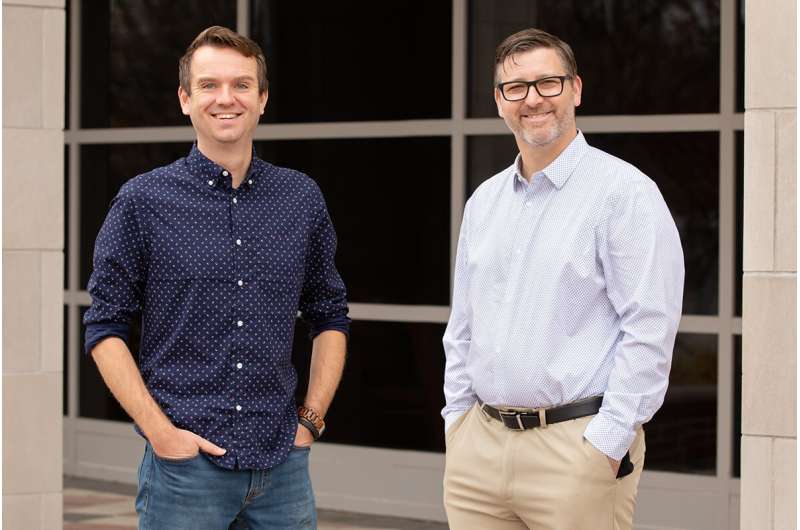

A smartphone app called Harbor, currently under development by researchers at the University of Illinois Urbana-Champaign, teaches young adults how to talk to a peer if they are concerned about that other person’s drinking or drug use.
Designed for people ages 18-29, Harbor teaches young adults how they can “act as first responders for their close friends who demonstrate risky substance use behaviors,” according to the app’s lead developer, social work professor Douglas C. Smith. Smith, the director of the Center for Prevention Research and Development at the U. of I., focuses his research on substance use and interventions for young people.
While young adults have the highest rates of substance use, they are also the people least likely to seek treatment, he said.
“If you’re an individual who gets referred to treatment, or who is in need of treatment, it’s pretty likely that people in your social network are worried about you,” he said. “And there’s probably a mix of people in your social network who also have elevated substance use as well.”
In an online survey of more than 450 young adults conducted for the current study, 45% of the respondents indicated that they were concerned about a close friend’s drug or alcohol use. The study was published in the Journal of Medical Internet Research.
“If they’re responding affirmatively to that question, there’s a good chance their friend is probably using at some sort of risky level,” said graduate student Kyle M. Bennett, the first author of the study.
“They’re probably not just an occasional user; they’re probably going out frequently and experiencing some of those nasty side effects of whatever substance they may be using.”
However, while many young people may be troubled by friends’ drug or alcohol use, many of them are also uncertain how to talk with them about it, Bennett said.
“You hear this often: ‘I would have done something, but I just didn’t know what to do or I didn’t know what to say or how to approach the topic,'” Bennett said. “The Harbor app guides them in supporting their friend without being confrontational or enabling.”
The app prompts the user to answer several questions about their friend’s substance use behaviors and provides feedback on the potential seriousness—a feature that may be especially helpful to people who feel conflicted about intervening, Smith said.
Smith said the idea for the mobile phone app sprang from a prior project, funded by a five-year grant from the National Institute on Alcohol Abuse and Alcoholism, that explored the efficacy of having young people with alcohol or marijuana problems invite a close friend to participate in some of their treatment sessions with them to provide social support.
“Since young adults have really low rates of coming to treatment, we thought that this peer model might be a way of expanding the benefits of treatment to people who don’t usually seek it,” Smith said. “A surprising finding from that study was that both the client and their friend made changes in their substance use behaviors and got better within six months.”
That study, published in the Journal of Substance Abuse Treatment in 2015, found that both the client and their friend reduced their binge drinking and increased the number of days that they abstained. Smith’s co-authors were Western Ontario University psychology professor Tara Dumas and then-U. of I. graduate students Jordan P. Davis and the late Daniel J. Ureche.
Harbor provides the app user with possible text messages and dialogues for conveying their concerns to their friend. Smith said a challenge for the team was writing messages that could be applied in differing situations without being overly generic and that also sounded conversational and reflected young people’s speech patterns.
“Ultimately, you’re trying to communicate a message while encouraging them to adopt some of these practices and empowering them to put it in their own words when they talk with their friend,” Smith said.
When young adults in the study reviewed the sample scripts and messages, “more than 95% of them indicated the scripts would be useful in talking with their friends about their substance use,” Bennett said. “And about 98% of respondents rated the script dialogues as realistic. If young adults felt the language in the scripts was inauthentic, I think it’s safe to assume they would be less likely to use the app.”
Participants also were asked to evaluate the language in the app’s messages and rate each of them as supportive, enabling or confrontational. While most of the participants accurately identified the enabling and confrontational responses, they were less consistent at recognizing the supportive responses, Smith said.
The researchers were uncertain why that occurred but said it may have been because participants had not been given the app’s educational module first and lacked the information or personal experience to accurately interpret supportive responses.
Source: Read Full Article